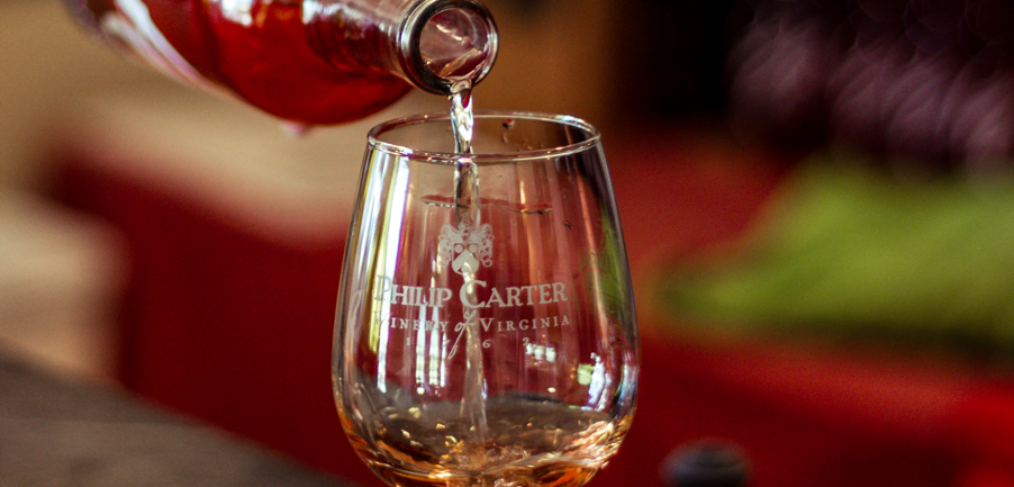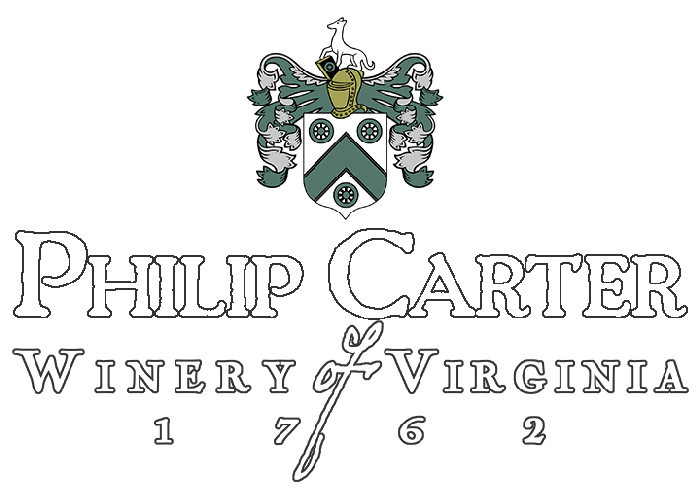I’ve utilized the following tasting methodology in my wine training and education and I wanted to take this opportunity to share it with you. I would consider this to be the opening gambit in beginning to understand the process for evaluating wine. Once you get comfortable with the fundamentals and train yourself how to objectively taste a wine, the greater complexities of wine evaluation becomes easier to navigate. This process only takes 1 minute and can be built upon as your palette progresses. The minute is divided into four sections; 0 to 15 seconds, 15 to 30 seconds, 30 to 45 seconds, and 15 to 60 seconds. Here is the initial approach prior to evaluation:
1. Step One – Look at the color of the wine.
2. Step Two – Smell the wine three times.
3. Step Three – Put the wine in your mouth and leave it there for three to five seconds.
4. Step Four – Swallow the wine.
5. Step Five – Wait and concentrate on the wine for 60 seconds before discussing it.
The first taste of wine will shock your taste buds. This comes from alcohol content, acidity and sometimes the tannins. The higher the alcohol or acidity, the more of a shock. For the first wine in any tasting, take a sip and swirl it around in your mouth, but don’t evaluate it (Consider this to be the cleansing of your pallet prior to onset). Wait another 30 seconds, try it again, and then begin the 1 minute wine expert tasting process.
Time Usage
· 0 to 15 Seconds – If there is any residual sugar/sweetness in the wine, you’ll experience it now. If there is no sweetness in the wine, the acidity is usually at its strongest sensation in the first 15 seconds. Look for the fruit level of the wine and its balance with the acidity or sweetness.
· 15 to 30 Seconds – After the sweetness or acidity, look for great fruit sensations. By 30 seconds you want a balance of the components. By this time you can identify the weight of the wine. Is it light, medium, or full-bodied? Think about what kind of food to pair with this wine.
· 30 to 45 Seconds – Start formulating your opinion of the wine. Not all wines need 60 seconds of thought. Lighter-style wines, such as Rieslings, usually show their best at this point. The fruit, acid, and sweetness of a great German Riesling should be in perfect harmony from this point on. For quality red and white wines, acidity should now balance with the fruit of the wine.
· 45 to 60 Seconds – Very often wine writers use the term ‘length’ to describe how long the components, balance, and flavors continue in the mouth. Concentrate on the length of the wine in the last 15 seconds. In big, full-bodied red wines from Bordeaux and the Rhone Valley, Cabernets from California, and even some full-bodied Chardonnays, concentrate on the level of tannin in the wine. Just as the acidity and fruit balance are major concerns in the first 30 seconds, it’s now the tannin and fruit balance you want in the last 30 seconds. If the fruit, tannin and acid all balance at 60 seconds, then the wine is ready to drink. If the tannin overpowers the fruit at the 60 second mark, consider whether to drink the wine now, or put aside for further aging (this is why I always buy wine in multiples of 3, one for now, one for later and one to give to a friend/more for me).
It’s extremely important, if you want to learn the true taste of the wine, that you take at least one minute to concentrate on all of its components. But, 60 seconds is the minimum time to wait before making a decision about a wine. Many great wines continue to show balance well past 120 seconds. The best wine I ever tasted lasted more than three minutes (Penfold’s 2013 Grange, 100 Points from Robert Parker at Wine Advocate), that’s three minutes of perfect balance of all components following consumption of the wine! I encourage you to try this process out during your next wine tasting at Philip Carter to further evaluate our offerings (the 2020 Cleve will definitely impress).
Cheers!
-Dale Clemence
Assistant Winemaker

